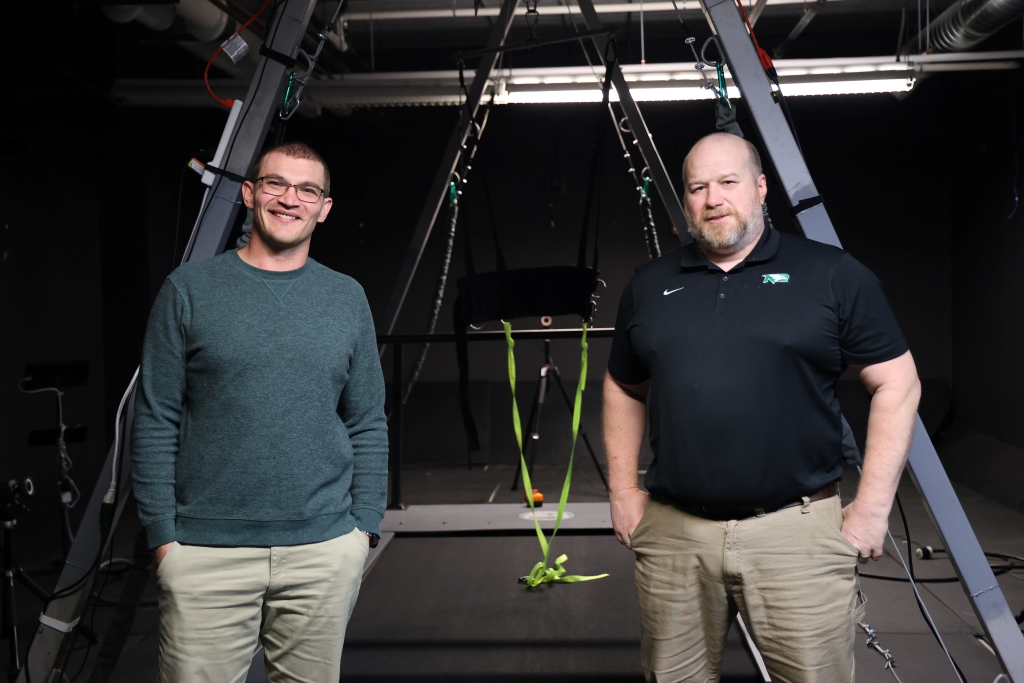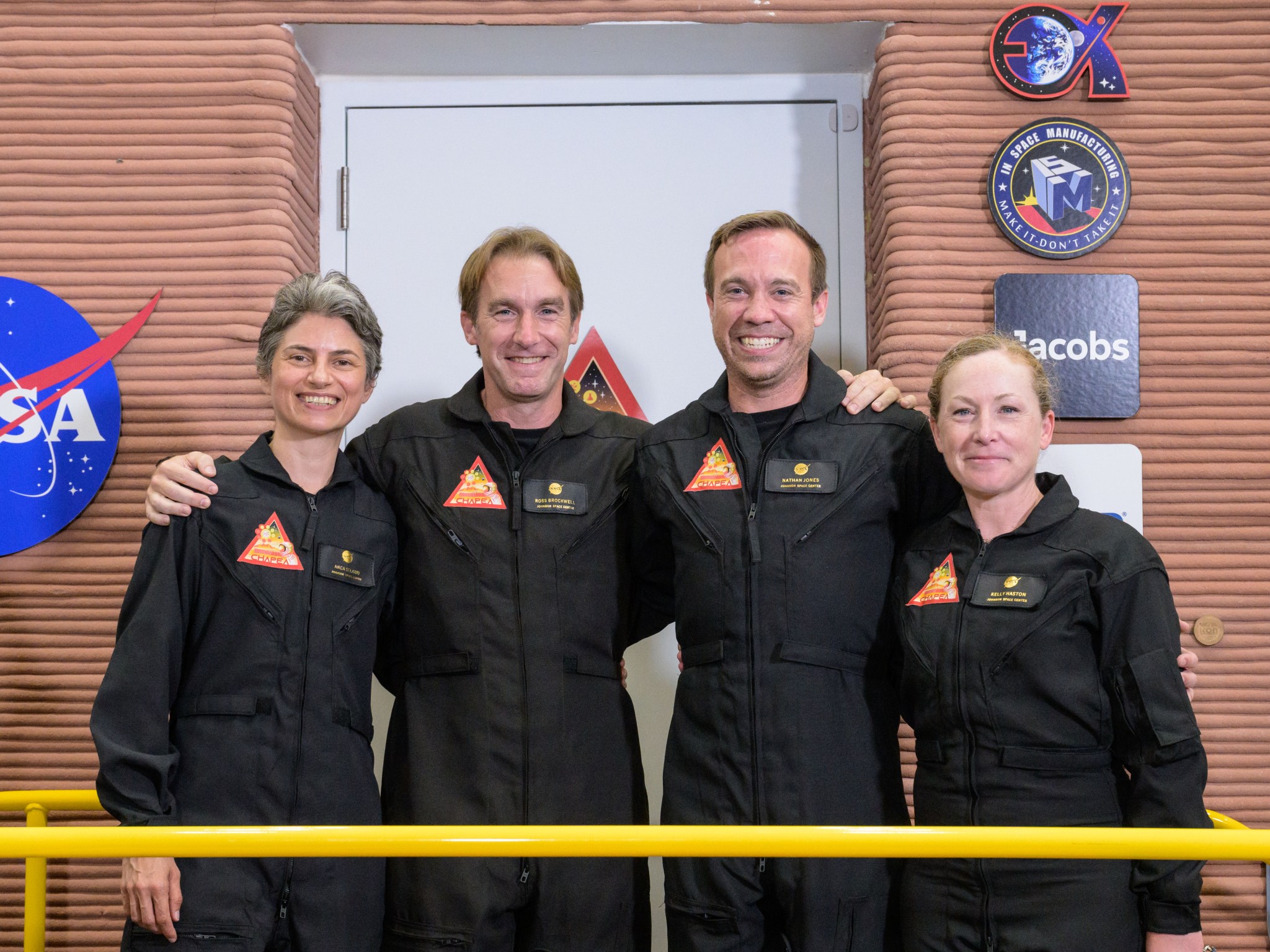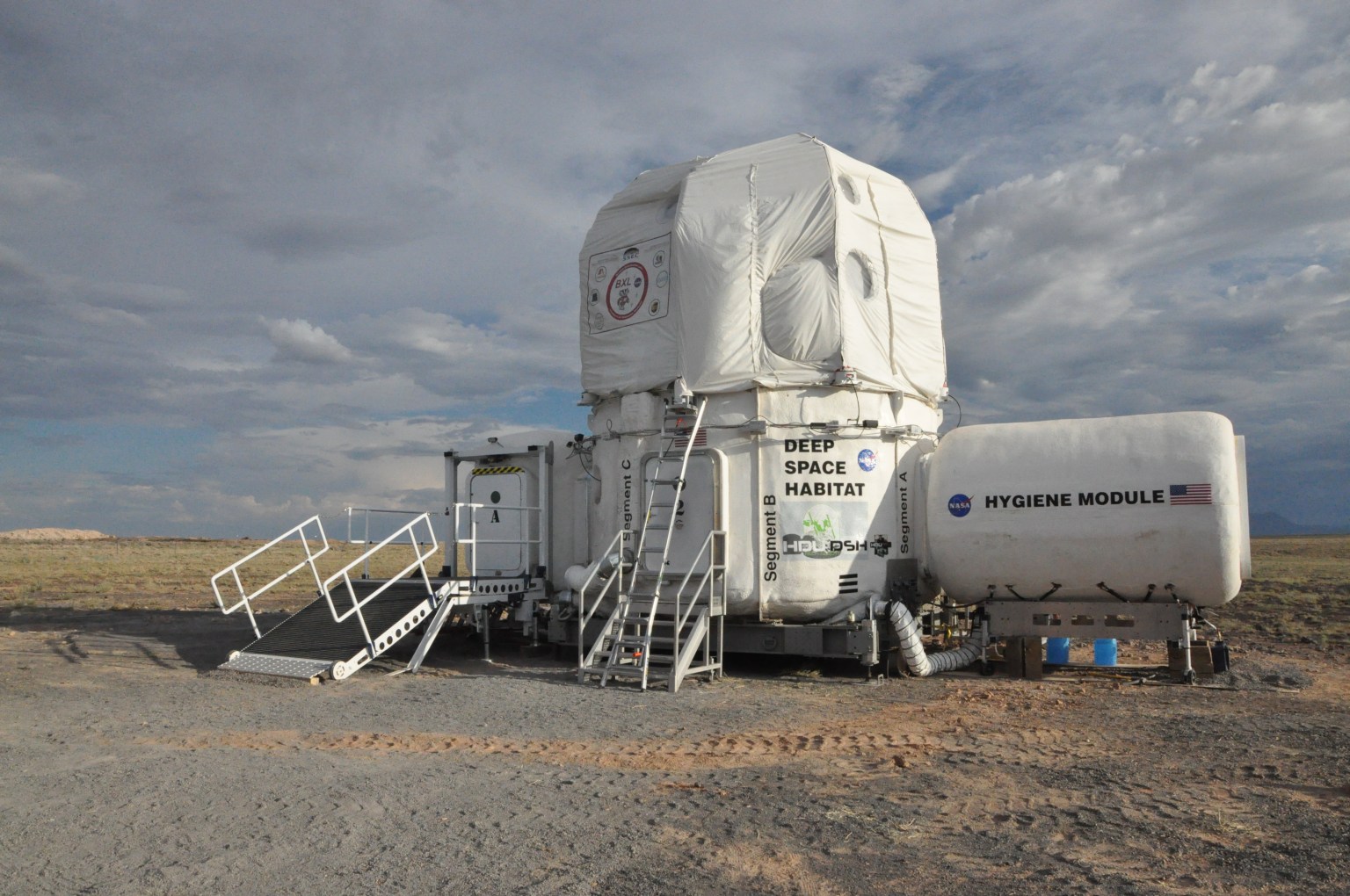How to Apply
Introduction
Applications to participate as a crew member for the second one-year analog mission have closed. Check back for mission 3 applications in Fall 2025. After reviewing responses, further information may be requested. You may withdraw your information at any time by sending an e-mail to the recruitment team at JSC-DL-CHAPEA@mail.nasa.gov. Good luck to all applicants!
Qualifications
Crew selection will follow standard NASA inclusion and exclusion criteria for Astronaut Candidate applicants.
- Be a U.S. citizen or permanent resident
- Be within the ages of 30-55
- Possess a master’s degree* in a STEM field, including engineering, biological science, physical science, computer science or mathematics, from an accredited institution.
- Have at least two years of related professional experience in a STEM field or at least 1,000 hours pilot-in-command time on jet aircraft.
- Be able to pass the NASA long-duration flight astronaut physical.
*The master’s degree requirement can also be met by:
- Two years (36 semester hours or 54 quarter hours) of work toward a doctoral program in a related science, technology, engineering or math field.
- A completed Doctor of Medicine or Doctor of Osteopathic Medicine degree.
- Completion (or current enrollment that will result in completion by June 2021) of a nationally recognized test pilot school program.
*Participants with a Bachelor’s degree and other specific qualifications (e.g., relevant additional education, military, or at least 4 years of professional experience in a STEM field) may also be considered.
Application Process
Finalists will undergo medical evaluations, psychological testing, and psychiatric screening to determine suitability for a physically and mentally demanding long-duration isolation mission. All exams and their associated expenses will be arranged and paid for through NASA. Candidates will not be selected if they have any food allergies, avoidances, or gastrointestinal disorders, as these cannot be accommodated on a long-duration mission. Candidates must be willing to provide requested biological samples on required days and must eat the spaceflight-like diet provided during the mission. Candidates must not be prone to motion sickness with virtual reality equipment. Candidates on specific medications will be disqualified: Examples- blood pressure medications, blood thinners, seizure medications, daily allergy medications, diabetic insulin daily, sleeping aids, ADHD/ADD medications, antidepressants, anxiety medications. Food supplements will not be permitted during the mission. Vitamin D is provided during the missions. All other vitamins are available in the spaceflight food system and added vitamins are not permitted. Candidates will be required to have a COVID-19 vaccine and show proof of full vaccination. Candidates will be required to be tested for COVID-19 and show proof of a negative test. Participants will be required to follow COVID-19 Risk mitigation protocols current to the JSC campus upon visiting.
Candidates who participate in this protocol are not guaranteed selection for the analog missions. The selection process timeline may take up to 13 months, with a maximum of 16 days of active time required by a candidate throughout this time. This includes time filling out the application, travel time, time at JSC for prescreening activities, and time at the National Outdoor Leadership School. Not all candidates will continue to each phase of screening. Crew selection applications will be evaluated in the order received for qualified applicants until all available spots are filled.
Compensation is available, and more information will be provided during the crew candidate screening process.
Risks of participating in this protocol may include loss of subject privacy or confidentiality, minor discomforts and low level radiation exposure from x-rays during medical exams, and physical injury or a highly unlikely chance of death. Mitigations include data protection on authenticated and encrypted systems, use of licensed and approved medical clinics, and safety mechanisms and injury prevention training.
































